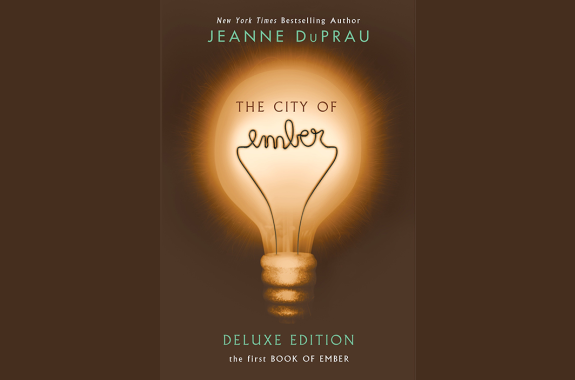Grade Level
6 - 8
minutes
Multi-day
subject
English Language Arts
stem practices
Engaging in Argument from Evidence
Activity Type:
sustainability, ELA, debate
What does it take for human beings to survive? What happens when the most basic human needs are threatened in a challenging environment? Dystopian doomsday stories are the stuff of science fiction, but where does the fiction stop and the science begin? In this lesson, you’ll consider the science behind survivalist works of fiction such as Andy Weir’s The Martian and Jeanne DuPrau’s The City of Ember. You’ll argue as though you were an inhabitant of Ember struggling to survive: How will you produce stable energy and a reliable food source in order to save the city?
“The Martian”
If you’ve ever seen the movie The Martian (or read the novel by Andy Weir), you’ll know that it takes a lot of creativity and resilience to survive on another planet. The main character, Mark Watney, has been injured and left for dead after a NASA Mars mission goes awry. When he wakes up, he realizes he has to survive for four years until the next Mars mission, using supplies and materials meant to support a small crew for only a few days.
“So that’s the situation. I’m stranded on Mars. I have no way to communicate with Hermes or Earth. Everyone thinks I’m dead. I’m in a Hab designed to last thirty-one days. If the oxygenator breaks down, I’ll suffocate. If the water reclaimer breaks down, I’ll die of thirst. If the Hab breaches, I’ll just kind of explode. If none of those things happen, I’ll eventually run out of food and starve to death.”
– Mark Watney, The Martian
The author, Andy Weir, is known for his scientific accuracy when writing science fiction. The challenges faced and solutions that the character comes up with in The Martian are based largely in science.
Note: The trailer below includes the word h**l, but not the four-letter word in the original trailer.
“The City of Ember”
In the post-apocalyptic novel The City of Ember, author Jeanne DuPrau describes a similar yet earthbound survival challenge. Built as a refuge to escape disaster on the Earth’s surface, Ember is an underground city meant to last 200 years. More than 240 years later, the key and instructions for returning to the surface have been lost. The city is running out of food supplies and the energy generator is failing, leaving people in the dark for long periods of time.
“‘But Ember is not prospering!’ he cried. ‘Everything is getting worse and worse!’ […] ‘The blackouts!’ cried Doon. ‘The lights go out all the time now! And the shortages, there’s shortages of everything! If no one does anything about it, something terrible is going to happen!’”
—Doon, The City of Ember, Chapter 10
Think about or discuss:
- What struggles or conflicts are the main characters in The Martian and The City of Ember facing?
- What are some similarities and differences between the survival challenges in each of the stories?
- How do the characters in one of these stories produce the food and energy they need to survive?
Choose A Sustainable Technology For The City Of Ember
Imagine you live in the underground city of Ember and need a stable food and energy supply. How will you produce stable energy and a reliable food source in order to save the city? You must argue to convince your fellow Ember citizens which sustainable technology they should choose to make their food and their energy. Ready? Let’s get started.
Sustainable Plant Agriculture Technologies:
Hydroponics
A technique of growing plants rooted in nutrient-rich water rather than soil.
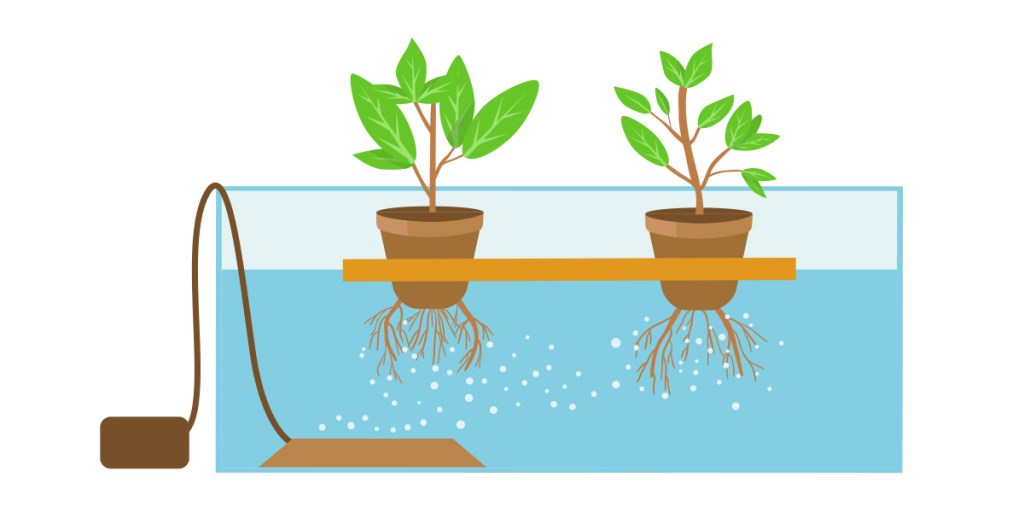
Aquaponics
A growing system in which plants are rooted in water where aquatic animals live. The waste produced by the farmed animals supplies nutrients for the plants, which in turn purify the water.
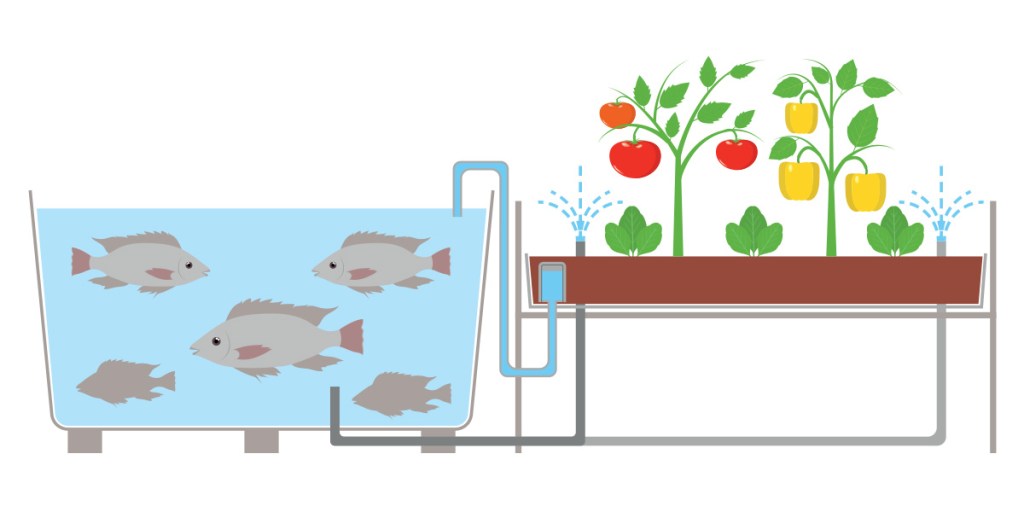
Renewable Energy Technologies:
Hydroelectric energy: A method of generating energy that harnesses the power of water in motion, such as water flowing over a waterfall, to generate electricity.
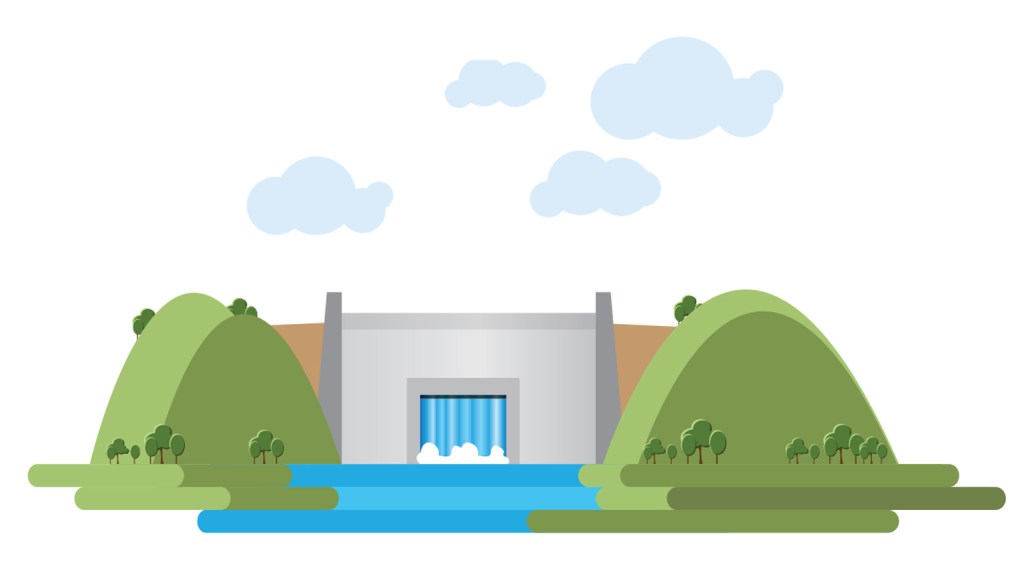
- Hydropower Basics: US Department of Energy
- Energy 101: Hydropower
- Pros and Cons: Hydroelectric
- Hydropower Worries Grow As Colorado River Reservoirs Keep Dropping
Geothermal energy: A method of generating energy that takes advantage of the naturally occuring heat within the earth.
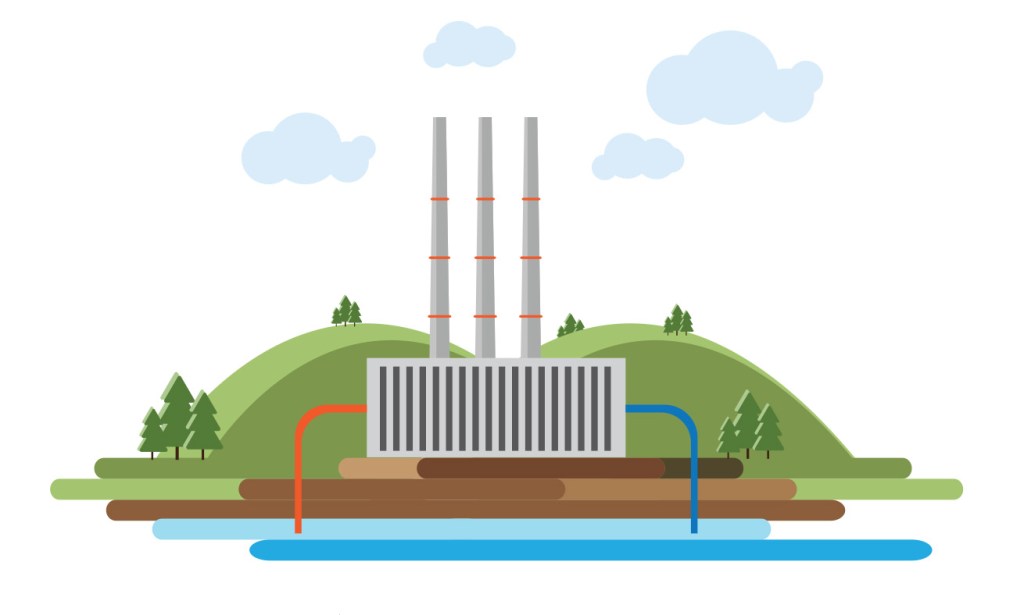
Now imagine that the city of Ember is relying on you to make a recommendation. Which of these two food production options do you think might work best for the people of Ember? Which energy source will provide the most reliable energy for an underground city?
Choose either one food growing method or one energy source. If you are working on this with your class, your teacher will assign you a method or source to recommend. Your recommendation should be based in science and your understanding of the city of Ember and its people.
Research the pros and cons of your recommended method, starting with the resources linked above. You should provide two valid reasons and evidence to support your claim. Use this Reason and Evidence Graphic Organizer to plan your recommendation based on your research. By the end of your research, you should be prepared to defend your position in a formal debate.
Debate Sustainable Technologies
Setting up food production systems and building the infrastructure necessary for energy sources takes time and money. The city of Ember will need to choose either hydroponics or aquaponics for food and either hydroelectric energy or geothermal energy. Your job will be to work with a team to prepare and debate your position to the city leadership. Other teams will debate the merits of their recommendations as well.
Prepare for the debate. Use the following resources as you prepare with your team:
- This Debate Video provides suggestions and ideas on preparing and presenting for a debate.
- This Debate Planning Sheet to organize ideas and evidence. (Google Docs version)
- Fill out this Debate Recording Sheet as you listen to other students present their arguments during the debate (Google Docs version)
Debate: As you listen to other students present their arguments during the debate, fill out the Debate Recording Sheet. Remember to explain your answer using reason and evidence from the debate. Who shared the most compelling arguments? What evidence seemed the strongest and why? Which options do you think “won” the debate?
Just ‘Topia:’ Moving Beyond The Tropes Of Dystopia
City Of Ember Argumentative Essay
Now that you’ve heard the different sides, what do you think is best? If you were an advisor to the mayor, what would you recommend they choose? Should the city of Ember rely on hydroponics or aquaponics for their food production? What energy source should they use?
Imagine the well-populated underground city of Ember. What choice would be the best for this city and its people? Using your research and the compelling evidence you heard in the debate, write a five-paragraph essay that lays out your argument for the food production method or energy source you think the city should implement. It does not have to be the same argument that you debated.
Start by filling out this Argumentative Essay Graphic Organizer (you can copy and fill out this Google Docs version) to plan your essay. Do you have all the evidence you will need? Do you need to go back through your notes or find additional research sources?
Do you enjoy writing? You might consider writing a little fan fiction (writing your own story using the characters and the world originally created by another author). What will happen when the city builds a hydroponic food production center? What challenges will the characters face as they switch from a generator to geothermal energy? How could you use the science you’ve researched to write a whole new plot, just like Andy Weir uses science in The Martian? Before writing about the dystopian city of Ember, you can read this Science Friday article where three professional writers share their thoughts and recommendations on how to write about “other worlds.”
Credits:
Original lesson by Brandy Sherrod
Copywriting by Tiffany Kapler
Copyediting by Crystal Erickson
Produced by Ariel Zych
Educator's Toolbox
Meet the Writer
About Brandy Sherrod
Brandy Sherrod is the STEAM English Language Arts teacher for 6th grade at Richmond Hill Middle School in coastal Georgia. She has taught at the middle school level for 12 years. She has also been an integral part of helping create curricula for multiple districts. Brandy continuously seeks ways to connect her love of reading and writing to science. She is an avid believer in interdisciplinary, hands-on learning.
